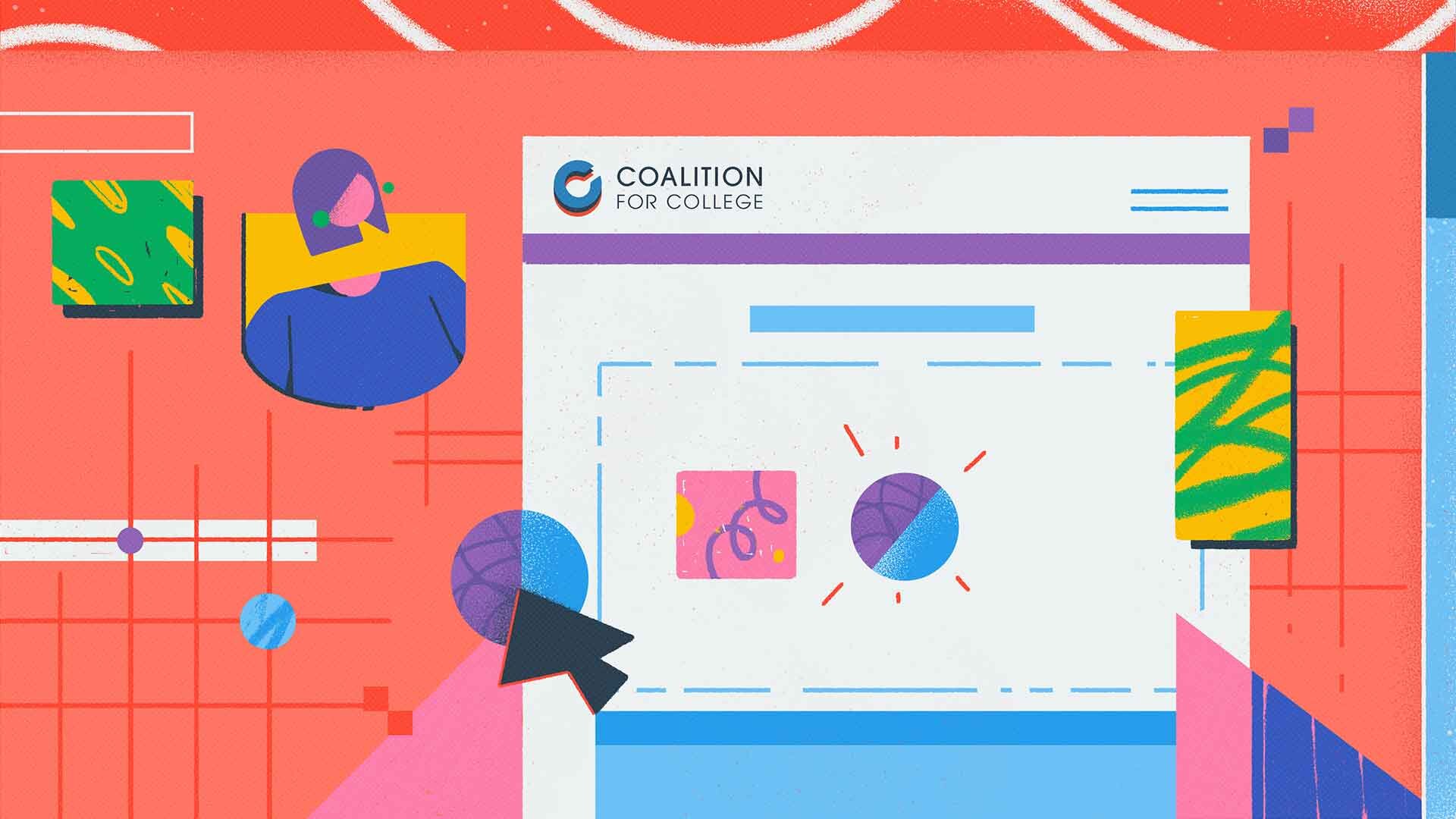What to Include in the Additional Information Section
Wondering how to use the Additional Information section of the application and what to include in this open-ended space?
We checked in with Matt DeGreeff, dean of college counseling and student enrichment at Middlesex School and a member of the Coalition’s Counselor Advisory Committee, to hear how he encourages students to use this space on their college applications.
Complete the narrative
“We recommend using the Additional Information section if there is part of the student's narrative that is not reflected elsewhere in the application or needs a more in-depth explanation,” DeGreeff says.
When you Apply Coalition with Scoir, you’ll find the Additional Information section under “Essay & More” with the following instructional text:
“Take a moment to review what you’ve shared so far, and use this space to provide any additional information that you feel is important for admissions counselors to know about you, your story, your accomplishments, or your challenges.”
“Primarily, it is a space to fill in the gaps, add more meaning, or expand on an important topic,” DeGreeff says. Admissions counselors will look to this space for explanations about grade changes over a period of time, as well as more context about impactful experiences a student has had.
Personal or complicated situations
If you have experienced a complicated personal situation that may include an illness, injury, concussion, family issue/tragedy, or other events, this is a good place to share this information and the impact of these events on your education.
Students can also use the Disaster Impact question in the Family section to characterize how they’ve been affected by natural disasters or the pandemic. The Disaster Impact question provides statements with checkboxes to indicate impacts, as well as an optional text box to include more details, if needed.
Extracurricular explanation
While many colleges will collect activities in the Activities & Experiences section of the application, students may choose to share more about their extracurricular activities in the Additional Information section.
For experiences that can’t be easily explained in the Activities & Experiences section, the Additional Information section provides room to write more about an important activity — whether a summer job, caretaking for a family member, a research opportunity or internship.
Additionally, DeGreeff says, artists, singers, musicians, and theater students who don’t otherwise have the opportunity to share a portfolio or resume “can use this section to talk more in detail about their art, and they can list their performances, highlight their roles, add a link to a website, and/or write about the meaning of the art form in their lives.”
Telling your whole story
At the end of your application, you should feel that it tells your full story. But make sure that you aren’t just using this section to repeat information that can be found somewhere else in the application.
You also may find that your application is complete without any additional information, and that is okay, too! What matters is that your application shares your experiences so that admissions counselors can better understand you and your unique story.

